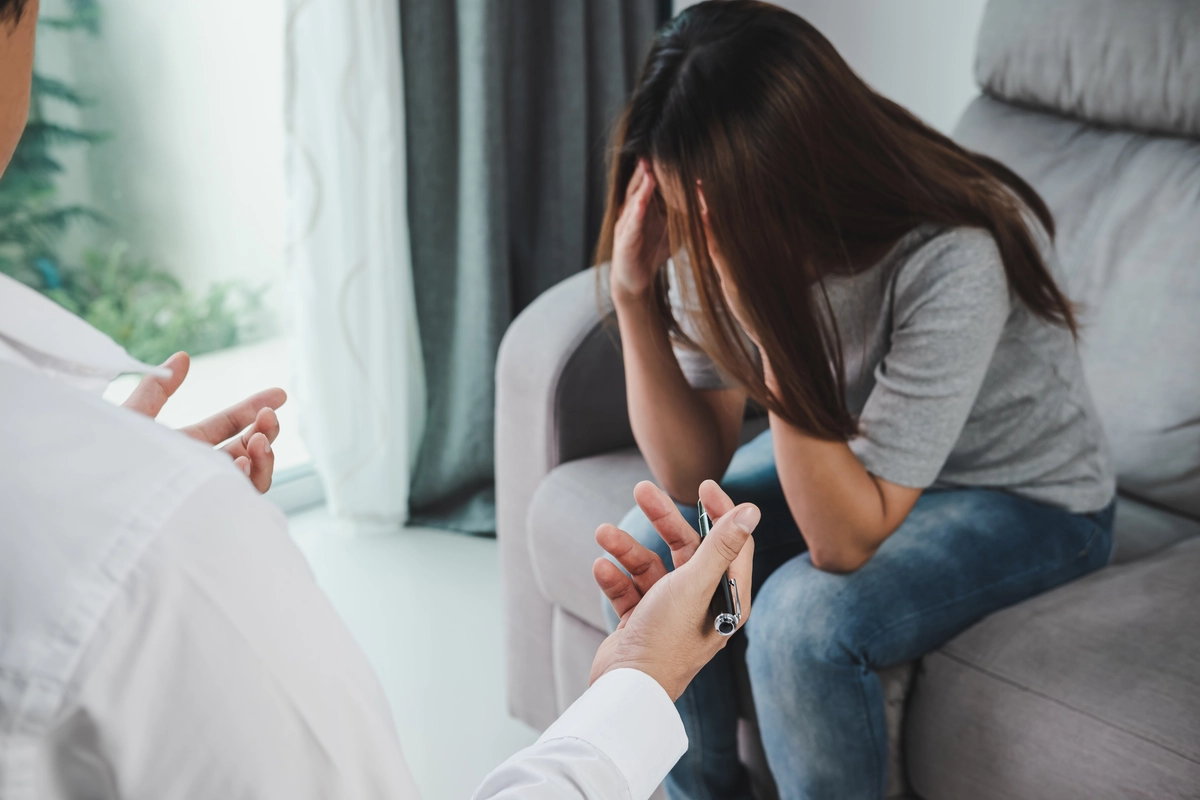24/7 Helpline:
(866) 899-221924/7 Helpline:
(866) 899-2219
Learn more about Codeine Rehab centers in Lake Lillian
Codeine Rehab in Other Cities

Other Insurance Options

Holman Group

Ambetter

BHS | Behavioral Health Systems

UnitedHealth Group

Kaiser Permanente

Coventry Health Care

Lucent

PHCS Network

EmblemHealth

United Health Care

WellCare Health Plans

Evernorth

Health Net

Highmark

ComPsych

Sliding scale payment assistance

Optima

Humana

American Behavioral

Anthem
















